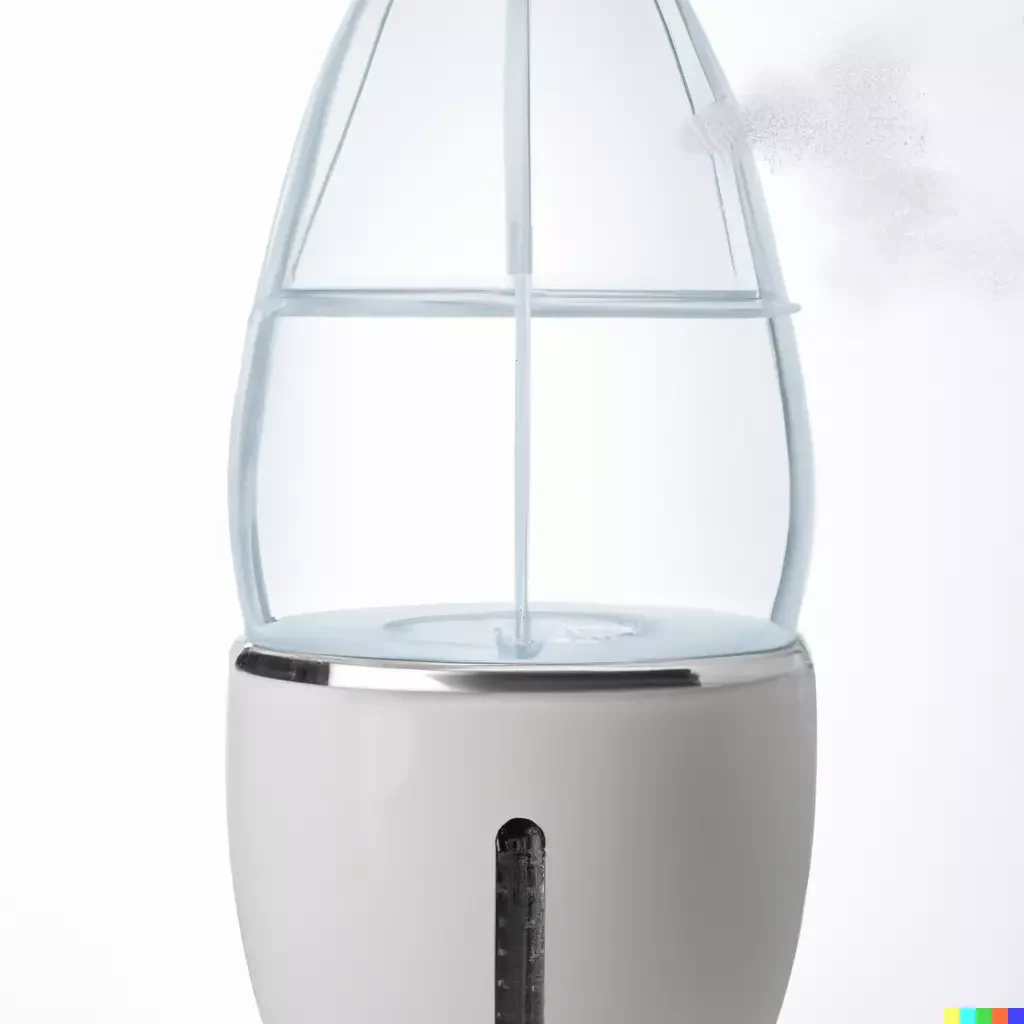To dispose of a dehumidifier, first, check if your local waste management facility accepts large appliances, or contact a recycling center. If not, consider contacting a professional disposal service to handle it safely for you.
When it’s time to dispose of a dehumidifier, it is essential to handle the process properly to ensure environmental safety. Dehumidifiers contain refrigerants and other materials that can be harmful if not disposed of correctly. This guide will provide you with practical steps to responsibly dispose of your dehumidifier, minimizing any potential impact on the environment.
By following the appropriate disposal methods, you can contribute to the preservation of the environment and the prevention of hazardous materials’ release into the ecosystem. Let’s explore the best ways to handle the disposal of your dehumidifier with environmental consciousness.
Assessing The Condition Of The Dehumidifier
When it comes time to dispose of a dehumidifier, it’s essential to first assess its condition to determine the appropriate course of action. Assessing the condition of the dehumidifier involves checking its operational functionality and inspecting for any damage or wear. By thoroughly evaluating the unit, you can ensure that it is properly disposed of in accordance with safety guidelines.
Check For Operational Functionality
Before disposing of a dehumidifier, you should check whether it is still functioning properly. Start by plugging it in and turning it on to see if it powers up and operates as intended. Ensure that the dehumidifier is able to remove moisture from the air and that all of its settings and controls are working correctly. If the unit is no longer functioning, it may be time to consider recycling or other disposal methods.
Inspecting For Damage Or Wear
In addition to evaluating the operational functionality, it’s crucial to inspect the dehumidifier for any signs of damage or wear. Look for dents, cracks, or other physical damage that may compromise its integrity. Check the power cord for fraying or exposed wires, and examine the water collection container for any leaks or cracks. If the dehumidifier shows significant damage or wear, it may pose a safety hazard and should be disposed of accordingly.
Understanding Legal And Environmental Regulations
When disposing of a dehumidifier, it’s crucial to understand the legal and environmental regulations governing its disposal. By adhering to these regulations, you can ensure that the disposal process is environmentally responsible and compliant with local laws and regulations.
Researching Local Disposal Laws
Before disposing of a dehumidifier, research is necessary to understand the specific laws and regulations related to electronic waste disposal in your local area. This information can typically be found on your local government or waste management websites. Ensure that you are aware of any specific guidelines or restrictions that may apply to dehumidifier disposal in your region.
Identifying Hazardous Components
Dehumidifiers may contain hazardous components such as refrigerants and capacitors. Proper identification of these components is essential for safe and eco-friendly disposal. Check the product manual or manufacturer’s website for information on the hazardous materials present in your dehumidifier. This knowledge will aid in determining the appropriate disposal method while adhering to environmental regulations.
Sustainable Disposal Options
When it’s time to say goodbye to your dehumidifier, it’s crucial to opt for sustainable disposal methods. An eco-friendly approach not only reduces environmental impact but also allows for the recycling of valuable materials. Let’s explore the responsible ways to dispose of your dehumidifier.
Recycling Metal And Plastic Components
Recycling the metal and plastic components of your dehumidifier is an effective approach towards sustainable disposal. First, make sure to disassemble the unit, separating the different materials. Metal parts, such as the coils and casing, should be taken to a metal recycling facility. Meanwhile, the plastic components, including the housing and controls, can be dropped off at a local recycling center. By doing so, these materials can be repurposed, reducing the need for new production and minimizing waste.
Properly Handling Refrigerants And Coolants
Properly handling the refrigerants and coolants within your dehumidifier is crucial to prevent environmental harm. These substances can be harmful if released into the air or waterways. To dispose of the refrigerants responsibly, it’s important to engage a licensed professional who can safely extract and handle these chemicals. Many HVAC technicians or appliance repair services have the necessary expertise to manage refrigerants. By enlisting their assistance, you can ensure that these potentially harmful substances are carefully contained and processed according to environmental regulations.
Responsible Disposal Methods
When it comes to disposing of a dehumidifier, it’s essential to do so responsibly. Fortunately, there are several methods to ensure that your old unit is disposed of in an environmentally friendly manner. Responsible disposal protects the environment and prevents harmful materials from entering landfills. Below, we’ll explore two responsible disposal methods for dehumidifiers.
Donating Or Selling Functional Units
If your dehumidifier is still functional and in good condition, consider donating or selling it to someone who can make use of it. This helps extend the lifespan of the unit and prevents it from ending up in a landfill prematurely. Many charitable organizations and community groups accept functional dehumidifiers as donations. Additionally, online marketplaces provide a platform for selling gently used appliances, giving them a second life with another user.
Engaging With Certified E-waste Recyclers
For dehumidifiers that are no longer functional or beyond repair, engaging with certified e-waste recyclers is a responsible disposal option. E-waste recyclers have the expertise and resources to safely dismantle and recycle electronic components, including those found in dehumidifiers. By working with certified recyclers, you ensure that hazardous materials within the unit are handled and disposed of properly, minimizing their impact on the environment.
Final Disposal Steps
When disposing of a dehumidifier, first unplug it and drain the water. Check with your local waste management facility to see if they accept dehumidifiers for recycling. If they don’t, remove the refrigerant and then take it to the landfill or a designated disposal site.
Securing And Transporting The Dehumidifier
When disposing of a dehumidifier, it’s crucial to take the necessary precautions to secure and transport it safely. Start by disconnecting the unit from the power source and allowing it to cool down for at least 24 hours. Unplug the dehumidifier and wrap the power cord around the unit to prevent tripping hazards during transport.
After securing the power cord, carefully lift the dehumidifier and place it in a sturdy box or container to prevent any leaks or spills during transportation. If the dehumidifier is heavy, consider seeking assistance to avoid strain or injury.
Disposing Of Non-recyclable Parts Responsibly
Once the dehumidifier is secured and transported, it’s crucial to dispose of non-recyclable parts responsibly. Start by removing the refrigerant from the dehumidifier. This should be done by a qualified HVAC technician to ensure proper handling of the refrigerant.
After the refrigerant has been removed, the remaining non-recyclable components such as the compressor and coils should be disposed of at a designated electronic waste collection facility. Remember to check local regulations and guidelines for hazardous waste disposal to ensure compliance with environmental standards.
Conclusion
When disposing of a dehumidifier, it’s important to follow the proper guidelines to protect the environment and ensure safety. By recycling or contacting the appropriate waste management facility, you can responsibly dispose of your dehumidifier. Remember to drain the unit and remove any refrigerants before disposal.
Stay informed and make a positive impact on our environment.
Frequently Asked Questions For How To Dispose Of A Dehumidifier
How Do I Safely Dispose Of A Dehumidifier?
To safely dispose of a dehumidifier, first unplug it, remove any filters, and then check with local waste management for proper disposal methods.
Can I Recycle My Old Dehumidifier?
Yes, you can recycle your old dehumidifier. Contact local recycling centers or utility companies for information on their recycling programs.
Are There Any Hazardous Materials In A Dehumidifier?
Yes, dehumidifiers contain refrigerants and other hazardous materials. Proper disposal is crucial to prevent environmental harm.
What Should I Do With The Water In The Dehumidifier?
Before disposal, empty the water from the dehumidifier and pour it down a drain, ensuring it doesn’t create any water damage.
Should I Disassemble The Dehumidifier Before Disposing Of It?
It’s best to check with local authorities, but in most cases, the dehumidifier should be disposed of intact to handle hazardous materials properly.





